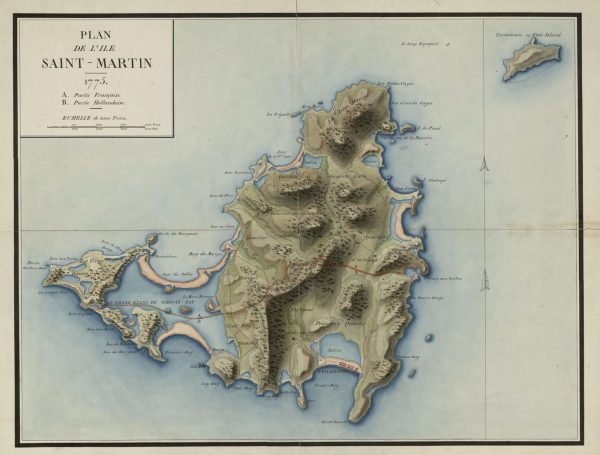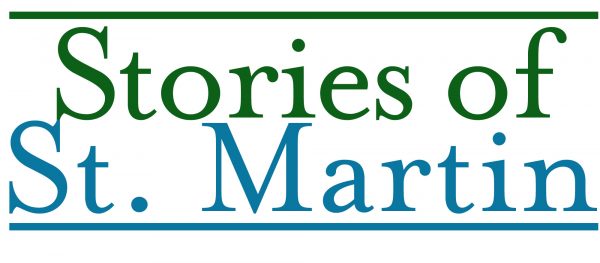In 1772, Auguste Descoudrelles, the Commander of French St. Martin described the four quarters of the territory he was commanding. At the time, these were French Quarter, Grand Case, Colombier and Marigot. Although almost 250 years have passed, some essential traits of each quarter still remain today.
Descoudrelles describes French Quarter as the oldest community. He believes it may have originally been Quartier d’Orient, or East Quarter, with Orient over time becoming Orléans. Even in 1772, most of the people living there were born there, and many had parents who were born there. He noted two natural features. One was the large and beautiful Fish Pond, the other was Oyster Pond, a well-protected harbor divided by an imaginary line between French and Dutch. Although it had a large population and bordered the Dutch territory, it was the only quarter without a militia.

At the time, the quarter of Grand Case stretched across the entire top of the island from Cul-de-Sac to Friar’s Bay. It was slow to be settled because it was so dry, but by 1772 had become the most populated. Cul-de-Sac was noted as a safe harbor for ships and the areas between Anse Marcel and Grandes Cayes were not yet developed. Today, Cul-de-Sac is still a popular place to anchor ships, and the northeast corner of the island is still the least developed area.
Colombier was known for its forests and for having the best farming land on the island. Descoudrelles claimed its forests were spared because they were difficult to access. The quarter had very little sea shore, but spread out in the interior, both in width and height.
At the time, the quarter of Marigot stretched from the Lowlands to where it met Colombier. Descoudrelles felt the land was some of the best for farming, except the the Lowlands and Sandy Ground, which were too dry. Descoudrelles built a house there and “had many good reasons to believe this quarter would become the main town.”
Over the years, many things have changed on St. Martin, but these quarters still reflect some of the character that was described so long ago. French Quarter is still home to some of the island’s longest family histories. Colombier is still lush and fertile. The geography that protected its trees has helped protect some of its traditions. How we use boats has changed, but a good harbor is still very valuable.
What is the essence of the quarter where you live? Tell us by writing in to The Daily Herald or info@lesfruitsdemer.com.

